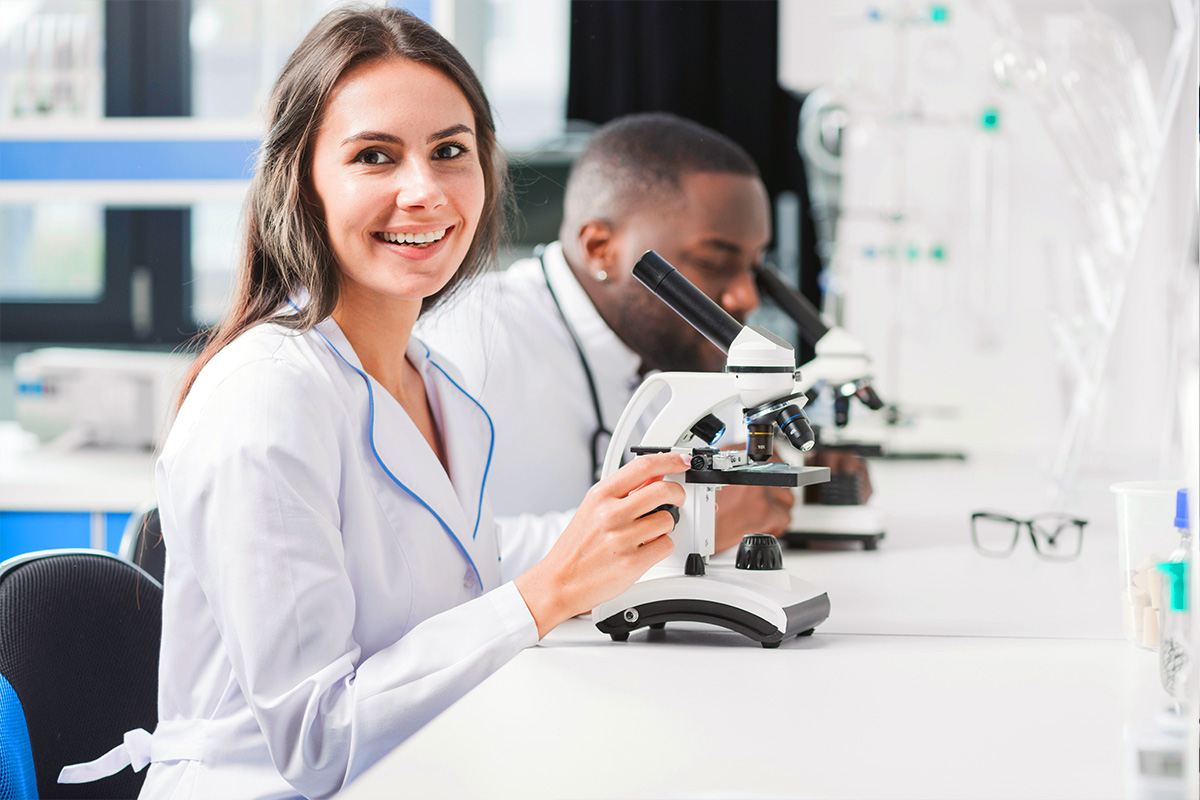Biological and microbiological studies need accuracy, hygiene, and reliable tools. Whether you’re growing bacteria, studying cells, or preparing samples, the type of labware you use can make a big difference.
Let’s explore how different types of labware—plasticware, porcelainware, metalware, and general instruments—are used in biology and microbiology labs, and why each is important in its own way.
🧫 1. Plasticware: Lightweight and Disposable
Plasticware is a favourite in many biology and microbiology labs because it’s easy to use, often disposable, and cost-effective.
🔹 Common Uses:
- Petri dishes – for culturing bacteria and fungi
- Pipette tips and microtubes – for handling small liquid volumes
- Microplates – used in ELISA and other biological assays
- Sample containers – for collecting and storing biological samples
- Serological pipettes – for transferring liquids during experiments
✅ Advantages:
- Disposable (prevents cross-contamination)
- Lightweight and affordable
- Chemically resistant in many cases
- Available in sterile packaging
In microbiology, sterile plasticware is especially useful for preventing unwanted contamination.
🧪 2. Porcelainware: Heat-Resistant and Durable
Porcelain may not be as common as plastic, but it plays a valuable role in biological and chemical labs that deal with heat and harsh substances.
🔹 Common Uses:
- Crucibles – for heating samples
- Evaporating dishes – used to remove moisture from biological solutions
- Mortars and pestles – for grinding tissue, dried samples, or biological powders
✅ Advantages:
- Can handle high temperatures
- Chemically stable and strong
- Easy to clean and reuse
Porcelainware is often used when you need precise heating or when glass and plastic just won’t do the job.
🔧 3. Metalware: Sturdy and Reliable
Metal tools are vital for both field and lab work. They’re durable and easy to sterilise, making them perfect for regular use in microbiological setups.
🔹 Common Uses:
- Inoculating loops and needles – for transferring microorganisms
- Forceps and scissors – for handling samples and cutting tissues
- Lab stands, clamps, and tongs – for supporting labware
- Surgical instruments – for dissection or specimen preparation
✅ Advantages:
- Heat-resistant and autoclavable
- Long-lasting and strong
- Ideal for sterilisation through flame or autoclave
- Reusable with proper care
Metalware is a must-have when working with cultures, dissection samples, or heated instruments.
⚙️ 4. General Lab Instruments: Essential Tools for Every Biologist
Besides specific labware, biology and microbiology labs also depend on general instruments that support daily experiments and research.
🔹 Common Instruments and Their Uses:
- Centrifuges – separate cells, proteins, or DNA from a solution
- Autoclaves – sterilize media, tools, and glassware
- Microscopes – observe bacteria, cells, and other microorganisms
- Incubators – maintain optimal growth conditions for cultures
- Hot plates and magnetic stirrers – for mixing or heating solutions
- pH meters – measure the acidity or alkalinity of a sample
- Colony counters – count bacterial or fungal colonies in petri dishes
✅ Why They Matter:
These instruments ensure that experiments are accurate, safe, and repeatable, especially in areas like clinical microbiology, genetics, or biomedical research.
🧪 Bringing It All Together in the Lab
Here’s a quick table summarising their roles:
Type |
Common Use |
Best For |
Plasticware |
Sample handling, culturing, and measuring | Sterile work, one-time use |
Porcelainware |
Heating, grinding | High-heat or chemical-resistant tasks |
Metalware |
Sample transfer, dissection | Flame sterilisation, durability |
Instruments |
Observation, sterilisation, mixing | Precision tasks, diagnostics, and research |
Q1. Why is plasticware commonly used in microbiology?
A: It’s often sterile, disposable, and easy to use, reducing contamination risks during microbial studies.
Q2. Can metalware be sterilised for reuse?
A: Yes! Metal tools like loops and forceps are designed for repeated flame or autoclave sterilisation.
Q3. Is porcelainware used in biology labs?
A: Yes, it’s especially useful for heating samples or grinding biological material.
Q4. What’s the role of general lab instruments in biology?
A: Instruments like microscopes, incubators, and pH meters support experiments by providing controlled, precise environments for study.
🏁 Conclusion
From simple plastic tubes to high-tech instruments, every piece of labware has a purpose in biology and microbiology. Each type—plasticware, porcelainware, metalware, and general instruments—adds to the efficiency, safety, and accuracy of lab work.
If you’re setting up a biology lab or expanding your collection, make sure you’re choosing reliable, lab-grade products.
💼 Looking for Trusted Labware and Instruments?
At MEDILAB, we offer a full range of laboratory solutions tailored for biological and microbiological needs—from durable plasticware to premium instruments. With over 30 years of experience, we’re here to support your science with quality and care.
🔗 Visit MEDILAB Website
📩 Get in touch to request a catalogue or quote!



